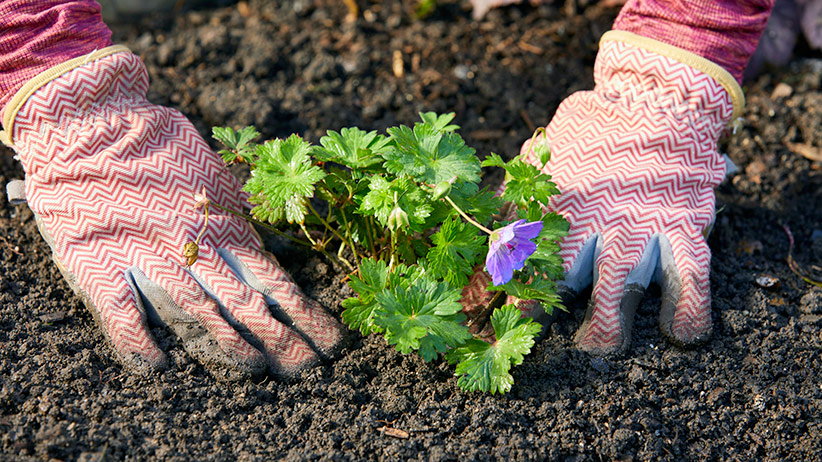What Does Growing demand for plants and gardening continues - FOX21 Mean?

Pandemic growth spurt: Interest in gardening still trends Things To Know Before You Buy

Authentic gardens of the yeoman cottager would have consisted of a beehive and livestock, and frequently a pig and sty, in addition to a well. The peasant cottager of medieval times was more interested in meat than flowers, with herbs grown for medical use rather than for their charm. By https://tipsforgardening.net there was more success, and thus more space to grow flowers. Even the early cottage garden flowers typically had their useful useviolets were spread out on the floor (for their pleasant scent and staying out vermin); calendulas and primroses were both appealing and used in cooking. Others, such as sweet William and hollyhocks, were grown completely for their appeal.

10 Top Gardening Tips for Beginners - Miracle-Gro
In the 18th century gardens were set out more naturally, without any walls. This style of smooth swelling turf, which would run directly to the house, clumps, belts and scattering of trees and his serpentine lakes formed by undetectably damming little rivers, were a brand-new design within the English landscape, a "gardenless" kind of landscape gardening, which swept away nearly all the residues of previous officially patterned styles. The English landscape garden normally consisted of a lake, yards set against groves of trees, and frequently included shrubberies, grottoes, pavilions, bridges and recklessness such as mock temples, Gothic ruins, bridges, and other picturesque architecture, developed to recreate an idyllic pastoral landscape.

Home gardening blooms around the world during coronavirus lockdowns - Reuters
The English garden provided an idealized view of nature. They were frequently influenced by paintings of landscapes by Claude Lorraine and Nicolas Poussin, and some were Influenced by the classic Chinese gardens of the East, which had actually recently been explained by European travelers. The work of Lancelot 'Capability' Brown was particularly influential. Also, in 1804 the Horticultural Society was formed. Gardens of the 19th century contained plants such as the monkey puzzle or Chile pine. This is also the time when the so-called "gardenesque" style of gardens developed. These gardens displayed a wide array of flowers in a rather little space.
